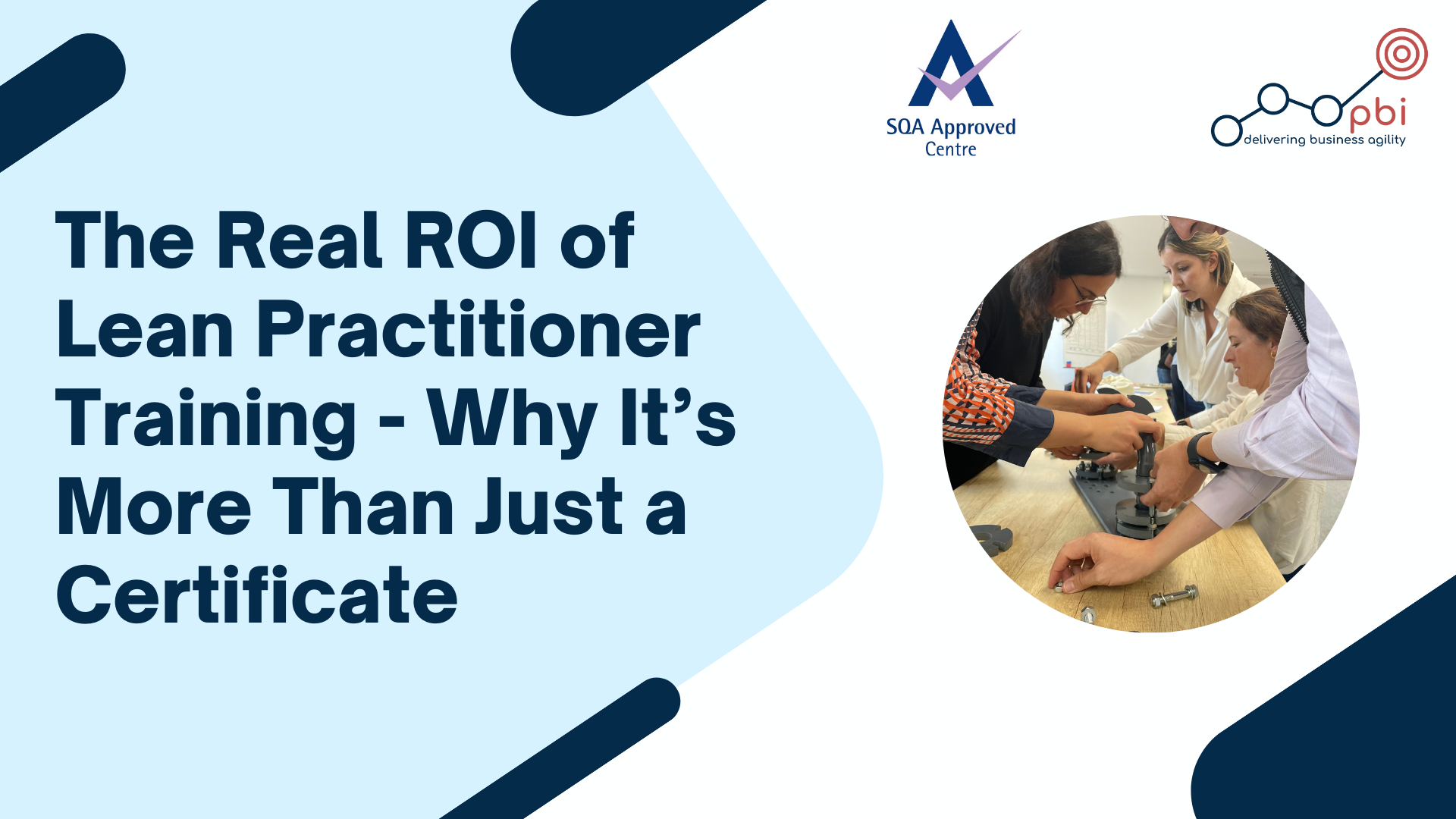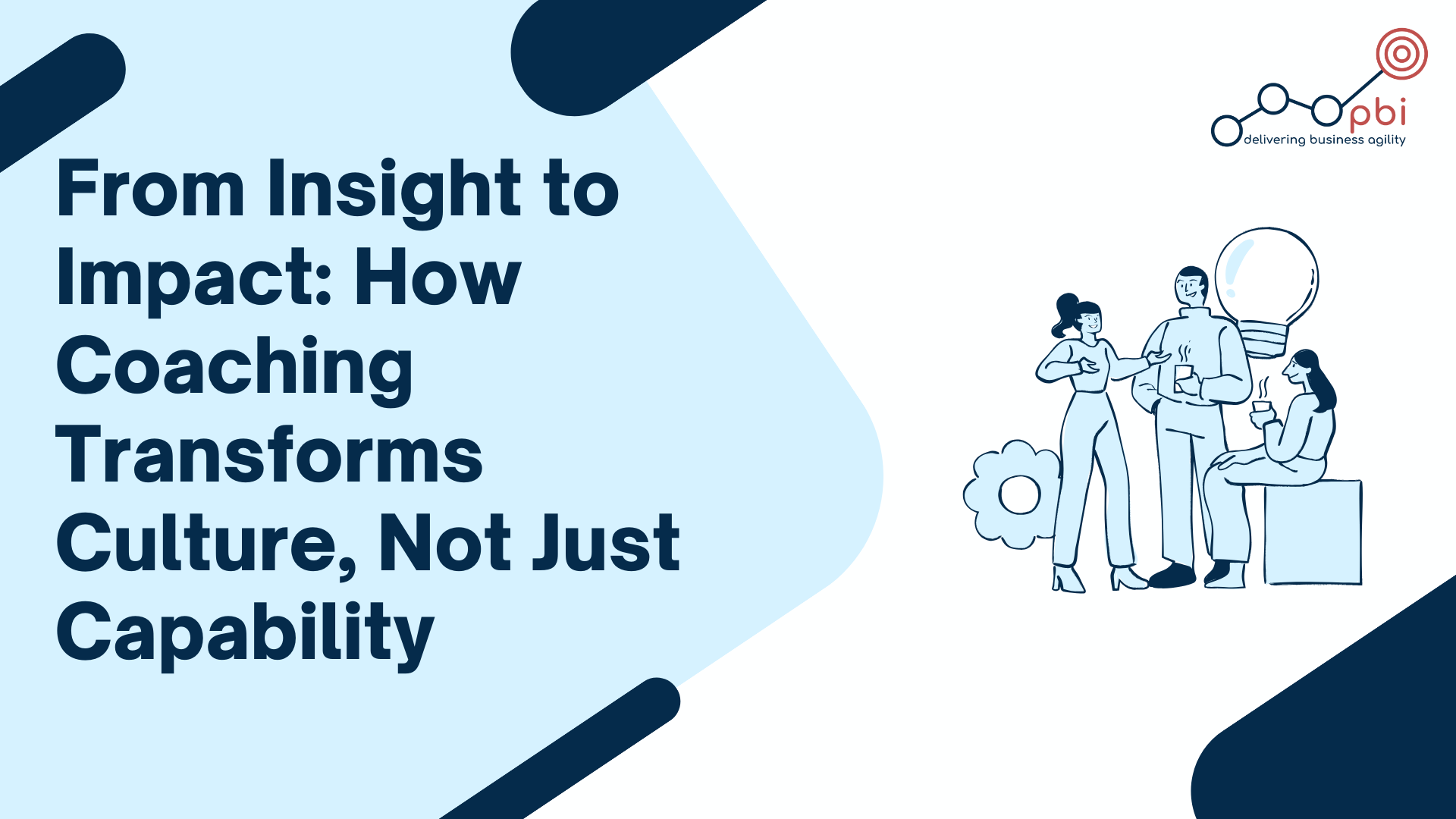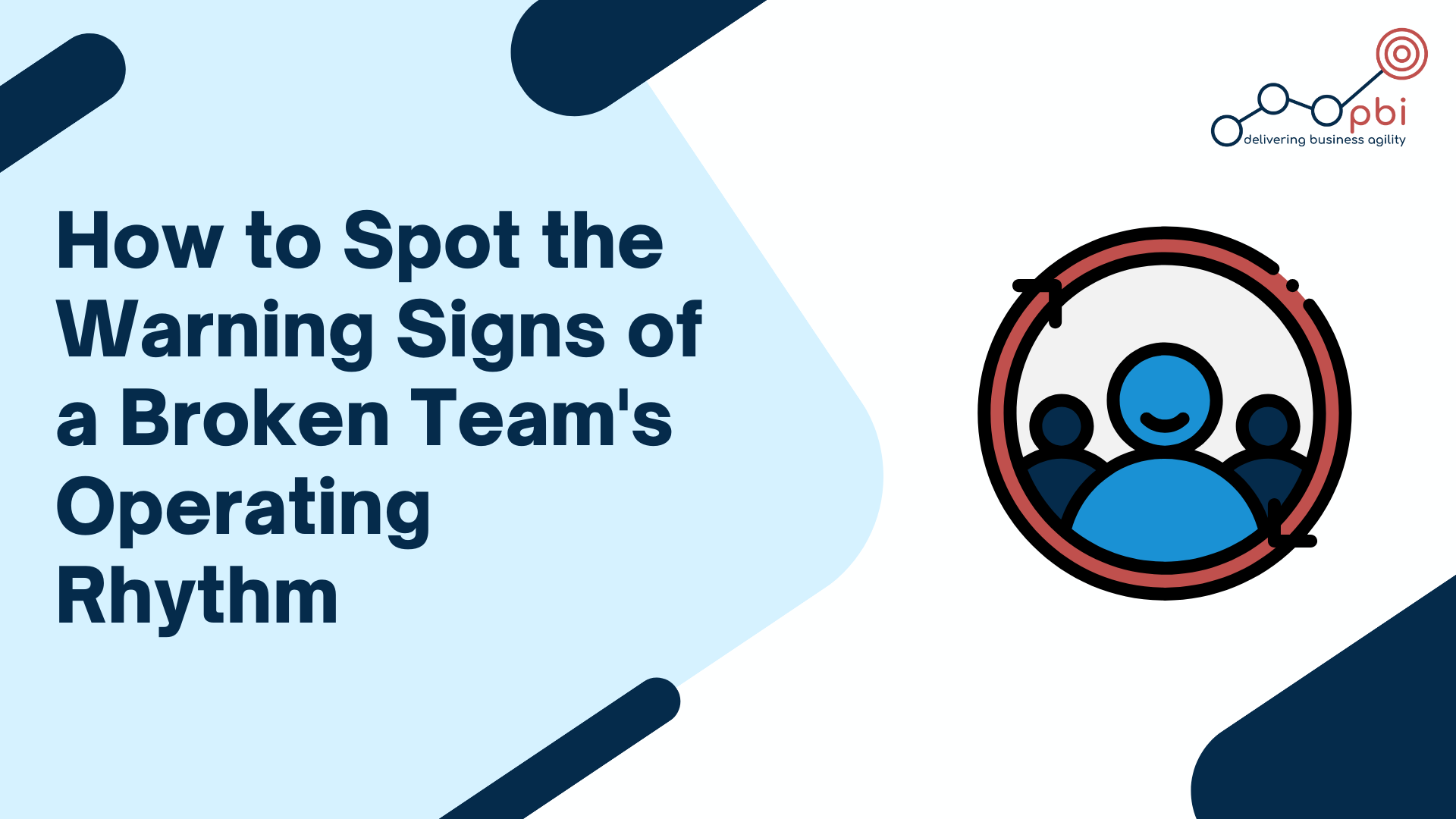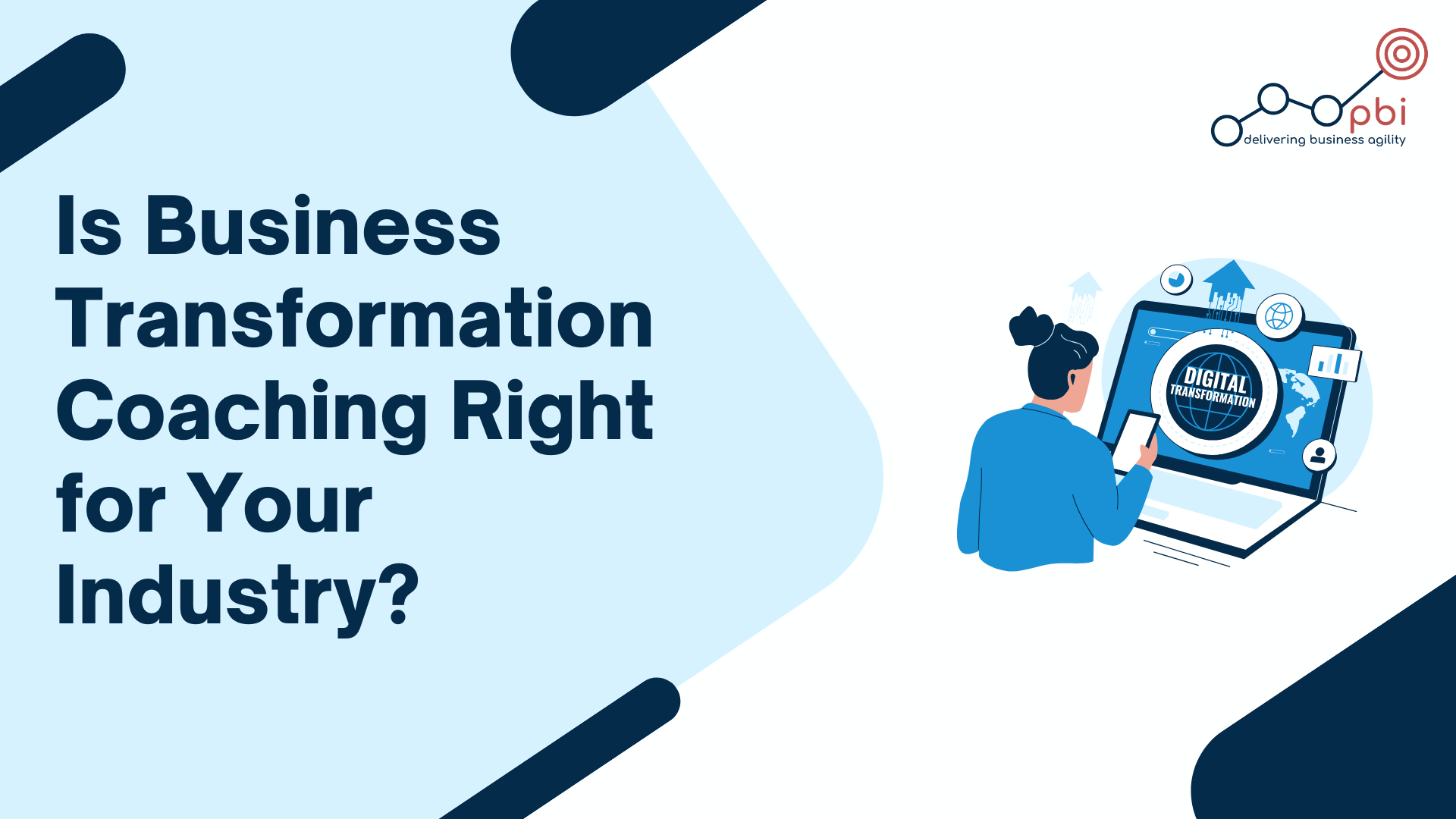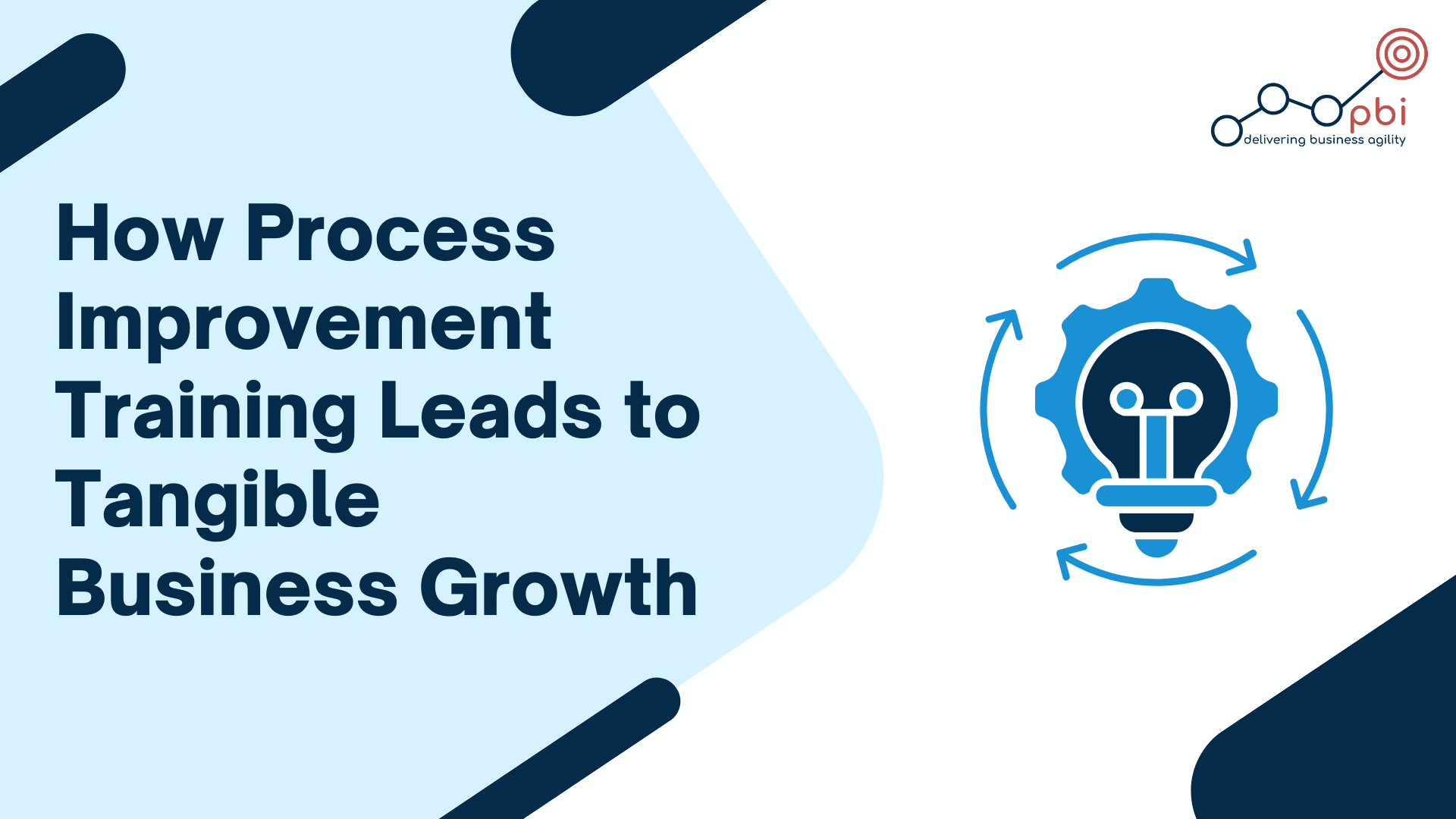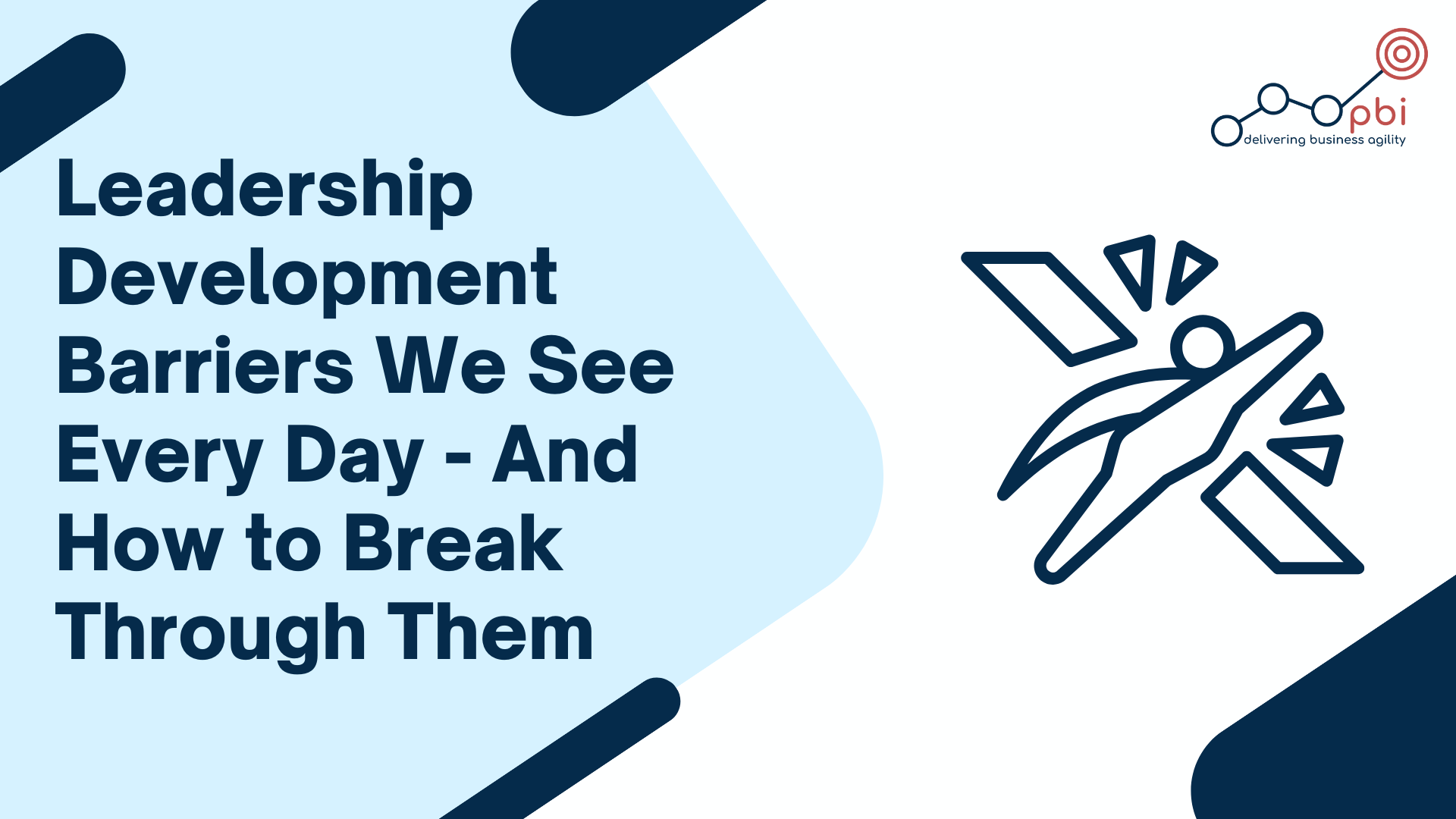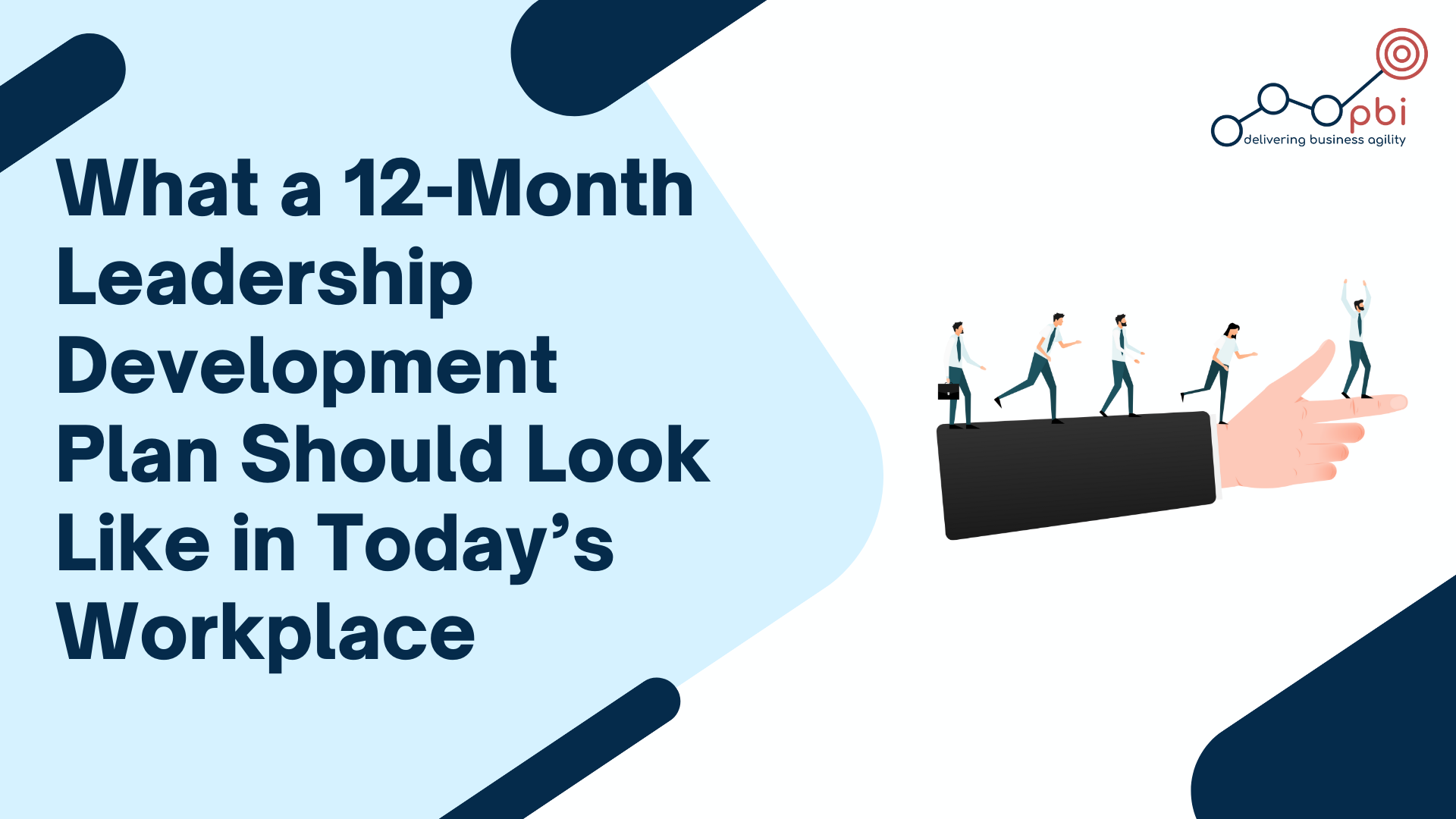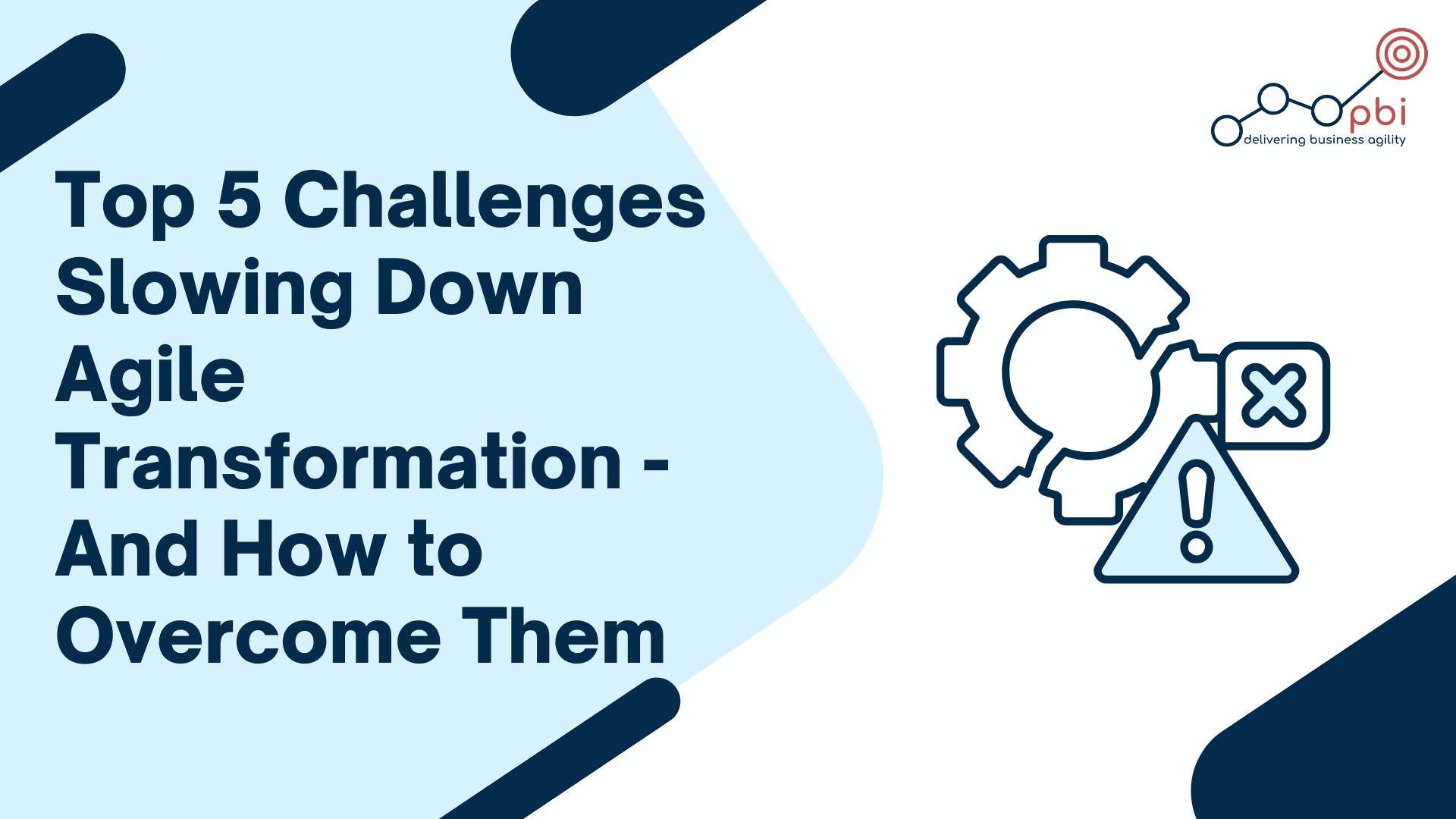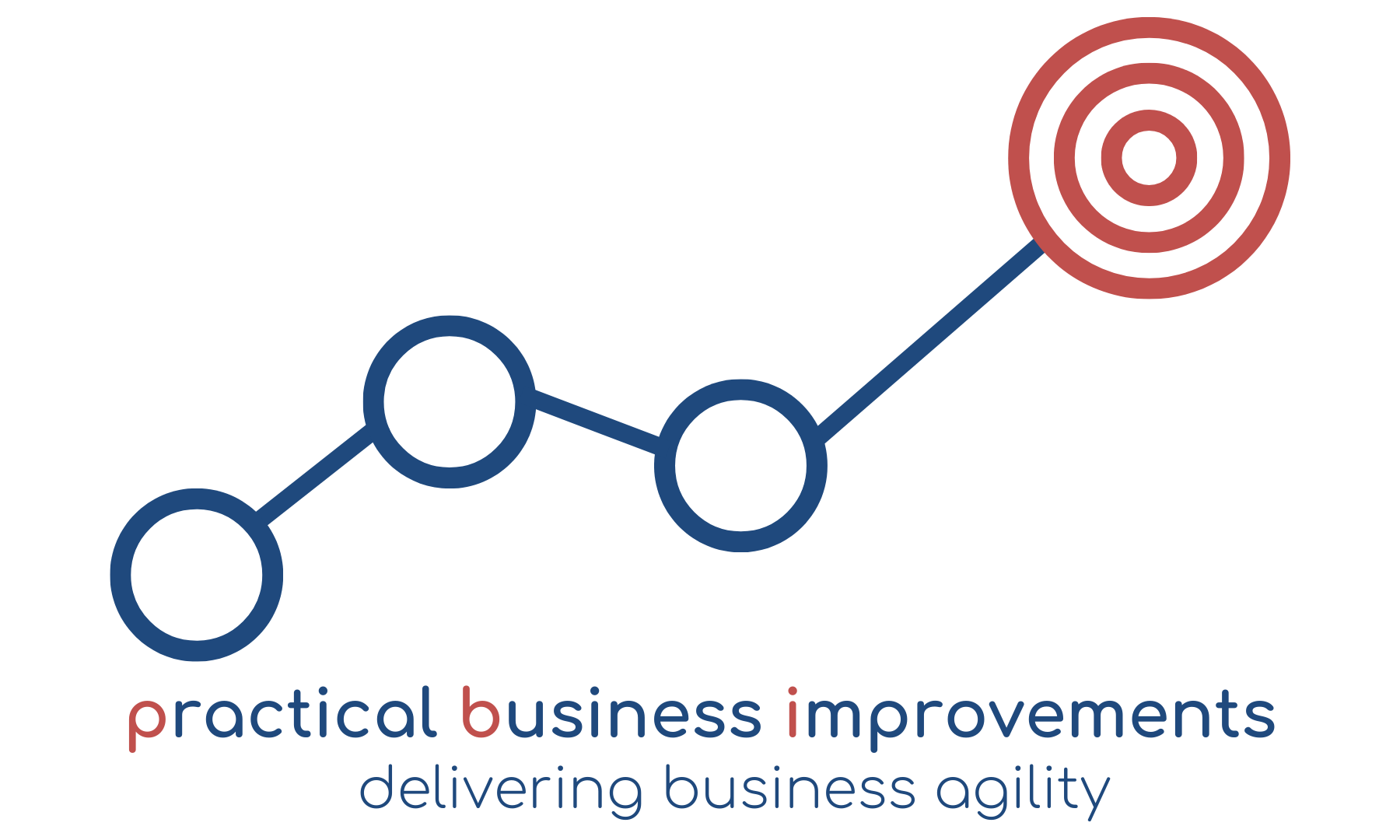Communication & Collaboration: How Operating Rhythms Can Drive Team Performance
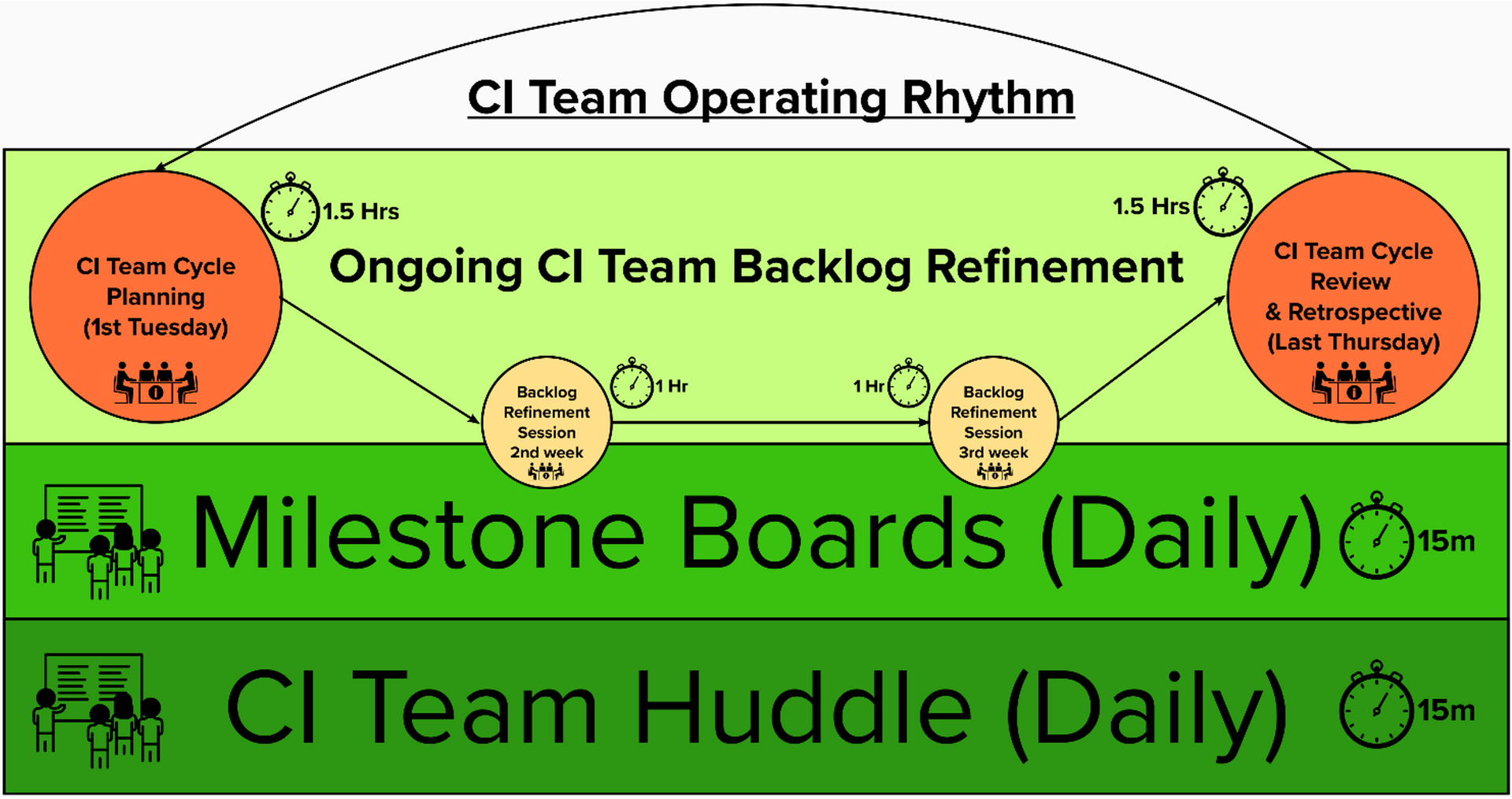
In large, complex organisations, even the most skilled teams can struggle without a shared rhythm. That’s where structured communication systems, what we call Operating Rhythms, can be the difference between chaotic activity and high-performance collaboration.
At PBI, we’ve seen time and again how implementing a consistent cadence of planning, review, and communication boosts focus, engagement, and accountability across every level of the business.
Why Operating Rhythms Matter
A good operating rhythm acts like the heartbeat of your team, it brings consistency, direction, and space for reflection. Rather than getting caught up in the noise of everyday tasks, teams align around common goals, check progress regularly, and adjust in real time. This rhythm supports proactive thinking, removes ambiguity, and helps people see how their work contributes to the bigger picture.
In one of our recent Oil & Gas client engagements, the team had great intent but struggled with visibility of work priorities, progress updates, and role clarity. With a growing list of continuous improvement initiatives, the lack of structure meant that great ideas were slipping through the cracks and delivery timelines were unclear.
By embedding an operating rhythm that included monthly planning, mid-cycle backlog reviews, and end-of-cycle retrospectives, the team created a shared cadence to manage projects, track milestones, and adapt to shifting priorities.
What an Operating Rhythm Looks Like
Every operating rhythm should reflect the realities of the team and business, but key components typically include:
- Cycle Planning Sessions – At the start of each month, the team aligns on top priorities, maps out key deliverables, and updates visual milestone boards.
- Backlog Refinement – Midway through the month, teams review ongoing and upcoming improvement ideas to keep the project pipeline current and relevant.
- Review & Retrospective – At month-end, the team reflects on what’s been achieved, celebrates wins, and discusses what to do differently next time.
This structure transforms working habits. Our client’s CI team used these sessions to bring their stakeholders into the loop, raise blockers early, and continuously prioritise the most impactful work. It also created a mechanism for sharing lessons learned and surfacing ideas across departments, something that had been missing previously.
Real-World Results
Since adopting the new rhythm, the team has seen:
- Increased project throughput thanks to better prioritisation
- Greater cross-functional visibility and collaboration
- Faster identification and removal of blockers
- Higher staff engagement from feeling part of a coordinated, high-performing team
Perhaps most importantly, it built internal capability. With every cycle, the team grew more confident in using the tools and frameworks independently, removing reliance on key individuals and embedding a sustainable way of working.
